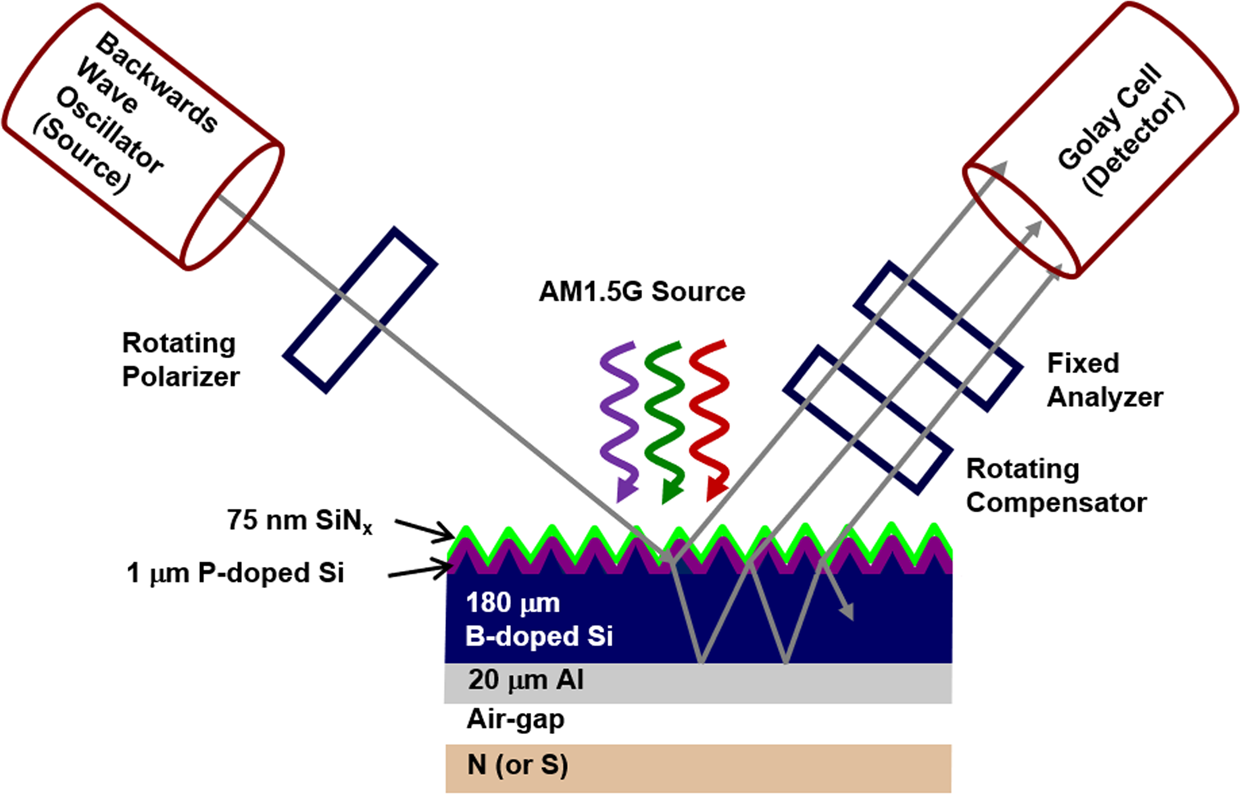
PAB: I worked more on velocity saturation. I am working on the approach of rigorously treating theĮffect as a reduction in mobility, with all of the attendant ramifications. PAB: Worked some more on velocity saturation.
#Pc1d change mobility code
I left the code with VelSat disabled.įixed bug in LoadOpticParms() - error in cosTheta1 which was causing textured I don't yet have the Jacobian terms included, however, PAB: Managed to obtain convergence to correct results with velocity sat, butĬonvergence is too slow. To progress this issue, I'll have to think of a different conceptual approach. PVCELL problem even after trying many different approaches. So, while I was able to get goodĬonvergence for dark-bias problems, I wasn't able to make it work for the The problem is that the mobility is tightly linked to the carrierĭensity when the total current is constrained (as is the case for any device PAB: After many hours attacking velocity saturation, I have come to theĬonclusion that the conceptual approach to this issue of treating it as anĪdjustment of the mobility is not a suitable means of obtaining robustĬonvergence.

The velocity below the limit improves as the number of elements goes up. Velocities to zero in the mobility model. You can turn it off by setting the saturation PAB: It seems to work pretty well! I'll leave it engaged, so let me know if The gradient in phi as delta-phi/delta-x within each element. Rigorous and exact treatment of the Jacobian terms. Saturation (it may overshoot in some areas) but for which I can include a PAB: I've decided to try an approach which will give only approximate velocity Is now quite clear that we won't be going back to it. I also went ahead and deleted the "NewSolve" code from SOLVE.CPP since it It didn't work on first try, so I've disabled VelSat until I can debug This introduces some new derivative terms into the Jacobian that weren't thereīefore. The gradient at a node using (PhiR-PhiL)/(xR-xL) instead of (PhiR-PhiC)/(xR-xC). I tried to change the expression to approximate ***These changes need to be ported to Si.MAT prior to release*** Set default doping and temperature effects on lifetime to zero, to reduceĬonfusion. Using arguments presented by MAG in his study of intrinsic concentration. PAB: Changed default value of Nc_Nv ratio to 1.06 based on data from Alistair So, let's go with this approach at least for the time being. Yet has worked very well, and at least this new method has robust convergence. To implement total velocity saturation within the loop, but nothing I've tried PRM file with the other numeric parameters, using the WORD slot once usedįor NewSolve and now filled with a dummy value. The value of this check box is stored in the Problem, so I have this feature set up as an option in the Numeric Dialog This can significantly increase the time required to solve the Solution must converge again before any further adjustment to the mobilities Only when the solution is completely converged. "outside loop" in that the mobilities are adjusted based on the solution

PAB: I have completed total velocity saturation. The dialog box to prevent the actual resistance from being set to zero.
#Pc1d change mobility series
Series resistance of 16 ohms! I removed the SMALL_REAL limit, and rely now on For example, if ni isĮqual to 1E-4 at 300K, a normalised resistance of SMALL_REAL corresponds to an actual Small, this can represent quite a large series resistance. Internal resistance from being less than SMALL_REAL (1E-20). PAB: Discovered bug in Prepare.cpp code when ni is small. PAB: Changed changeover for ARC calculations from two wavelengths to five wavelengths. Using the PVCELL/Longbat simulation, on the same computer:Ĭhangelog entries from Paul Basore are listed here, since they frequently contain PC1D for Windows95, version 5.0 was released on 8/9/97.Ĭonsiderable effort was invested into improving the simulation speed.
#Pc1d change mobility windows
PC1D for Windows version 4.0 was written by released on 28/5/96. To run most simulations, but had an extremely clumsy UI, and many bugs.ĭon Clugston did the majority of the coding from Nov 1996 onwards. Paul Basore converted the code to C++ and Windows 3.1 in 1995 by November 1995, it was able It was written in Turbo Pascal, with some asm. The last MS-DOS version of PC-1D was 3.6. It was one of the earliest programs to make use of the 8087 math coprocessor, which at that time was PC-1D was originally written by Paul Basore for the original IBM PC. Learn more about bidirectional Unicode characters

To review, open the file in an editor that reveals hidden Unicode characters. This file contains bidirectional Unicode text that may be interpreted or compiled differently than what appears below.


 0 kommentar(er)
0 kommentar(er)
